The Flight Testing Process: Flight testing is an essential phase in the development of any new aircraft or significant modification to an existing aircraft. It involves a systematic evaluation of the aircraft’s performance, handling, and safety. The main objective of flight testing is to ensure the aircraft meets the design objectives, and regulatory requirements, and is safe for operations. Once this is achieved, the aircraft can be certified by aviation authorities for commercial or private use. In this article, we delve deep into the flight testing process and the path to aircraft certification.
The Flight Testing Process
1. Purpose of Flight Testing
Flight testing provides a means to:
- Verify Design Intentions: Ensure that the aircraft behaves as intended by the designers and meets design goals.
- Establish Performance Characteristics: Determine the actual performance data, such as maximum speed, range, and service ceiling.
- Identify and Rectify Issues: Find any unforeseen problems or potential hazards that might arise when the aircraft is operational.
- Fulfill Regulatory Requirements: Ensure that the aircraft complies with the safety and performance standards set by aviation authorities.
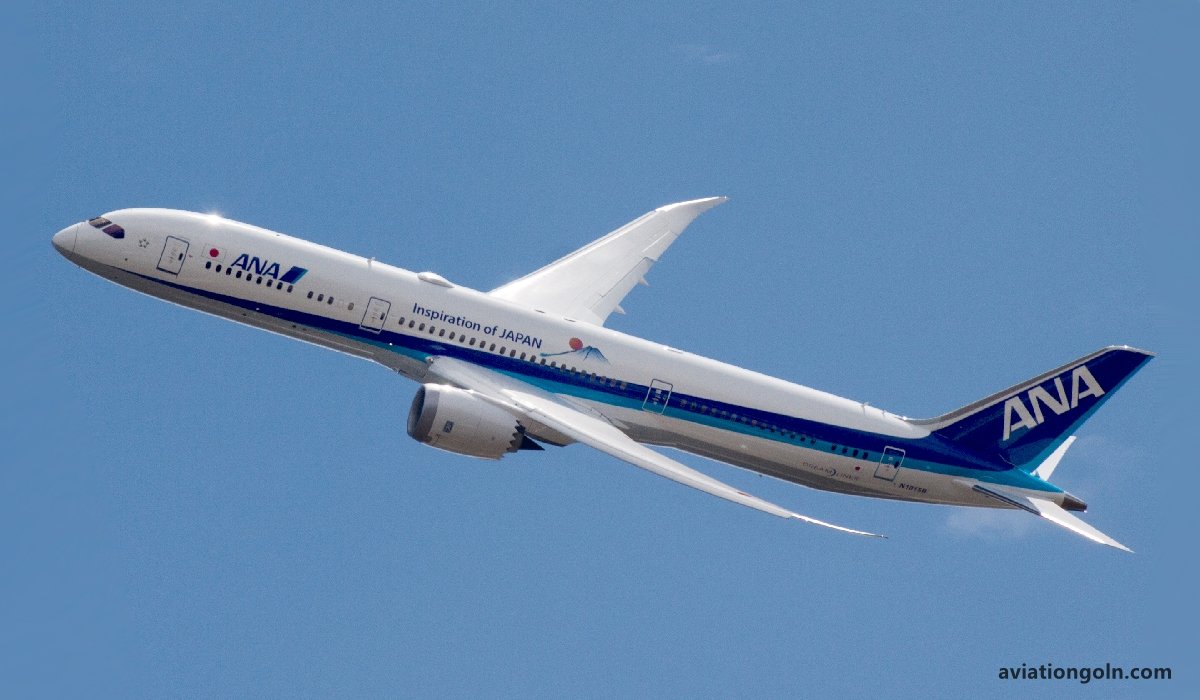
2. Preparing for Flight Tests
Before actual flight tests, there is an extensive period of preparation:
- Ground Testing: Before an aircraft takes to the skies, it undergoes rigorous ground testing, including static tests, system checks, and taxi tests.
- Risk Assessment: Every flight test involves certain risks. A detailed risk assessment is done to identify potential hazards and their mitigation strategies.
- Test Plan Development: A detailed test plan is developed, outlining the objectives, test points, required conditions, and expected outcomes for each test flight.
- Selection of Test Pilots: Test pilots, often with engineering backgrounds, are specially trained to handle the unique challenges and potential dangers of test flights.
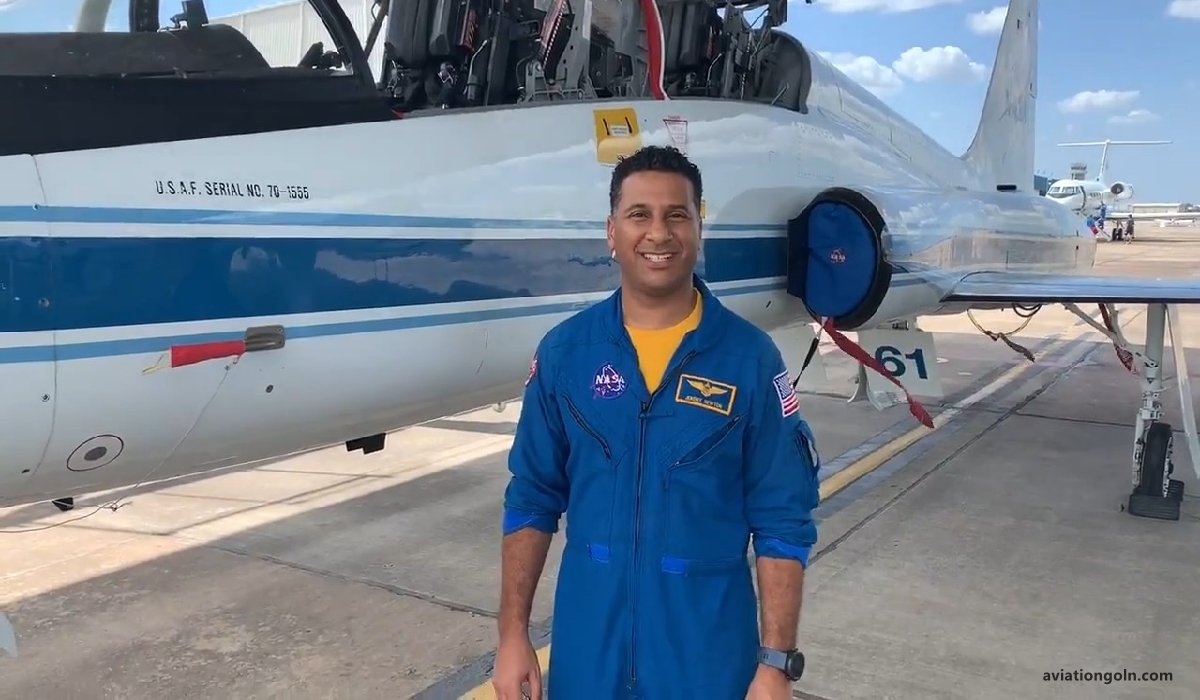
3. Phases of Flight Testing
Flight testing is divided into various phases:
- First Flight: This is a short flight to ascertain basic flight characteristics and validate the essential functions of the aircraft.
- Performance Testing: In this phase, the aircraft’s performance metrics, like speed, altitude, and range, are evaluated.
- Handling Qualities Testing: Here, the focus is on how the aircraft responds to pilot inputs. Does it roll, pitch, or yaw smoothly? Is it stable during various flight maneuvers?
- Systems Testing: Every onboard system, from avionics to fuel systems to electrical systems, is tested under various conditions.
- Operational Testing: The aircraft undergoes simulated operational scenarios to ensure it is fit for the purpose it was designed for, be it cargo transport, passenger service, or specialized missions like reconnaissance.
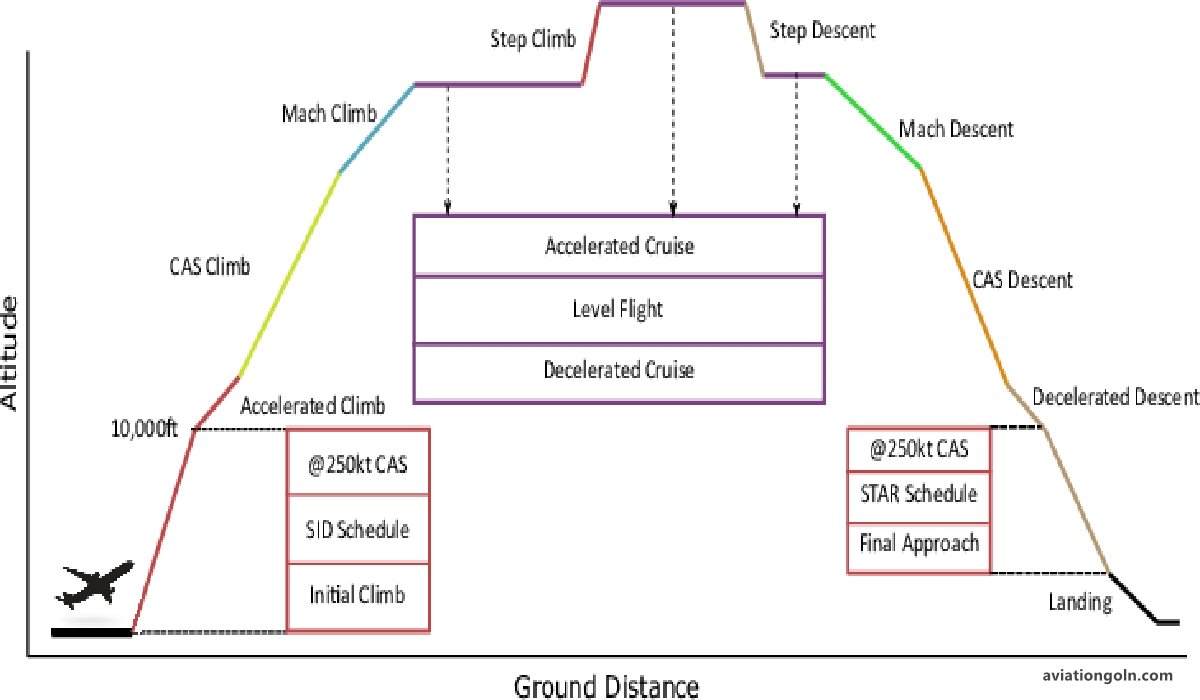
4. Data Collection and Analysis
Modern test aircraft are equipped with numerous sensors and instruments that continuously gather data during flights. This data is relayed in real-time to ground stations where engineers monitor and analyze it. Post-flight, the data undergoes a detailed analysis to draw conclusions and make decisions about subsequent tests or design modifications.
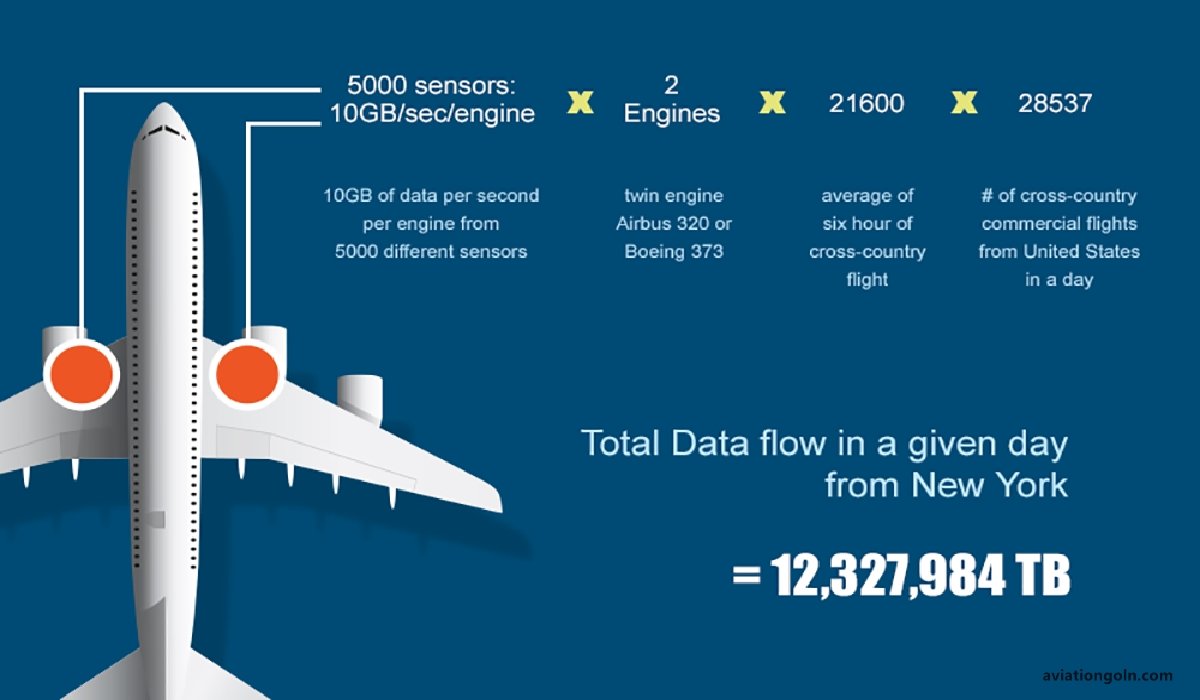
5. Challenges in Flight Testing
Flight testing is not without challenges:
- Safety Concerns: Given that test aircraft are often unproven designs, there is an inherent risk in every test flight.
- Environmental Factors: Weather conditions can significantly impact the outcomes of certain tests.

- Technical Issues: Sometimes, unforeseen technical problems can emerge during flight tests, necessitating design modifications.
- Time and Cost: Flight testing is expensive and time-consuming, often stretching the limits of project budgets and timelines.
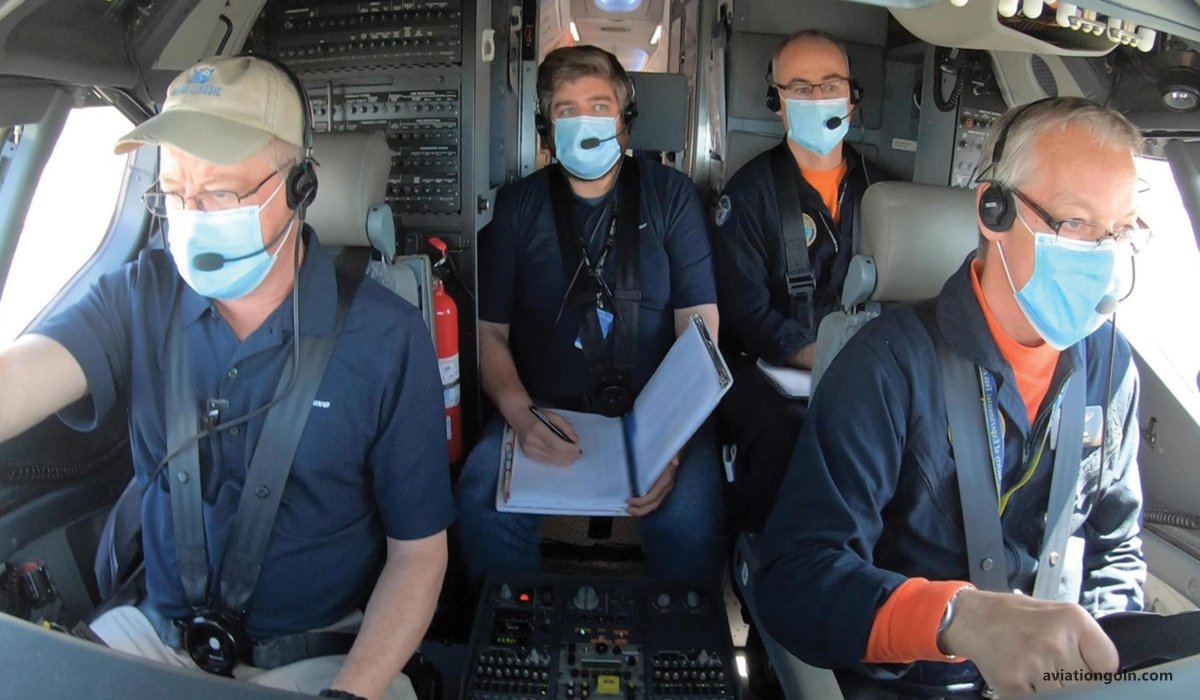
6. Certification Process
Once flight testing is satisfactorily completed, the aircraft moves on to the certification phase. This is a regulatory process where aviation authorities evaluate the aircraft to ensure it meets established standards.
- Certification Requirements: These are detailed specifications and standards set by aviation authorities. In the U.S., the Federal Aviation Administration (FAA) is responsible, while in Europe, it’s the European Union Aviation Safety Agency (EASA).
- Submission of Data: The aircraft manufacturer submits all the data collected during flight testing to the regulatory authority for review.
- Inspections and Audits: Aviation authorities will inspect the aircraft, its manufacturing processes, and quality control procedures.
- Certification Tests: Sometimes, the regulatory authority might conduct its own tests or ask for additional tests to be done.
- Issuance of Type Certificate: Once satisfied, the authority issues a Type Certificate (TC), which signifies the aircraft’s design has been certified.
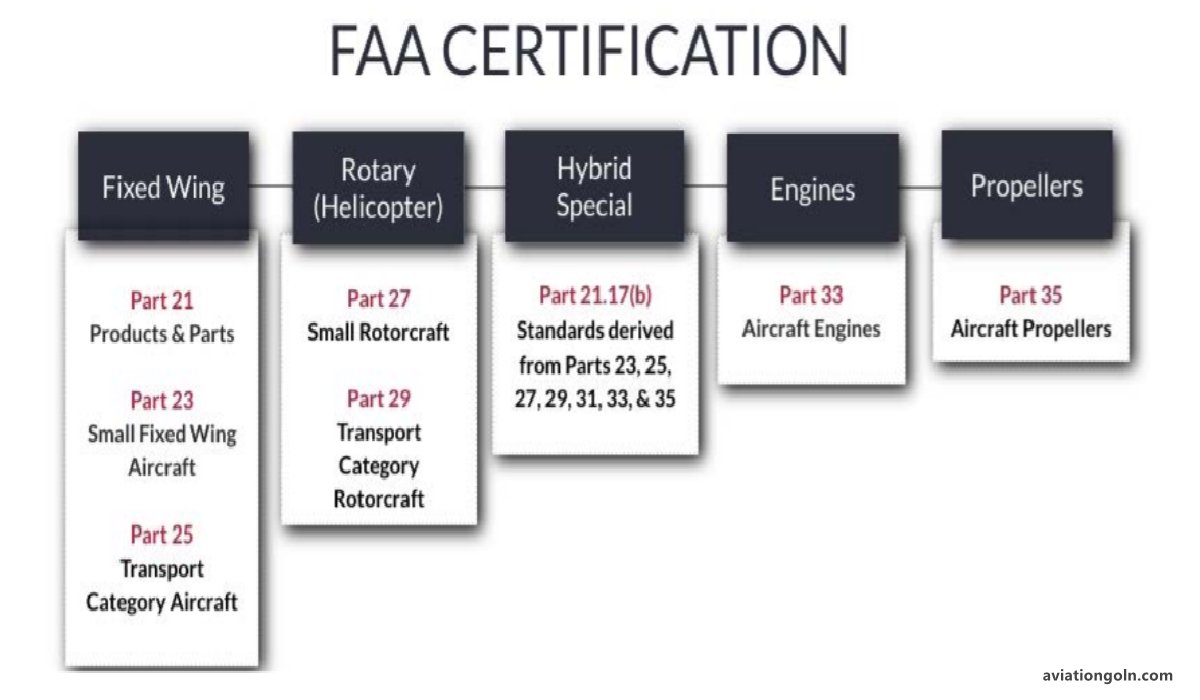
7. Beyond Initial Certification
- Supplemental Type Certificates (STC): If modifications are made to an already certified aircraft that change its original characteristics, an STC is needed.
- Production Certificate: This certifies that each unit of the aircraft produced meets the certified design.
- Airworthiness Certificate: This is issued for individual aircraft, certifying that they are in a condition for safe operation. It needs periodic renewals.

Flight testing and certification are rigorous processes that ensure every aircraft flying in the skies is safe and meets specific performance criteria. While they involve significant time, effort, and money, they are indispensable in the relentless pursuit of aviation safety. As technology advances and the skies get busier, the principles of flight testing and certification will remain fundamental in ushering in new eras of flight.
